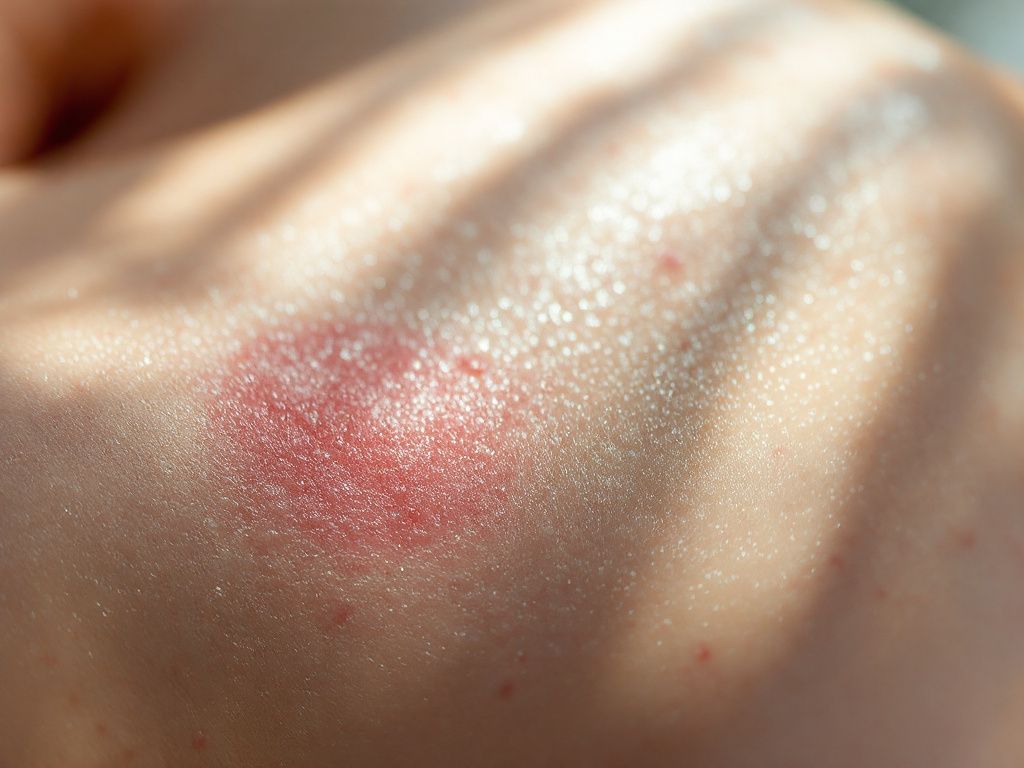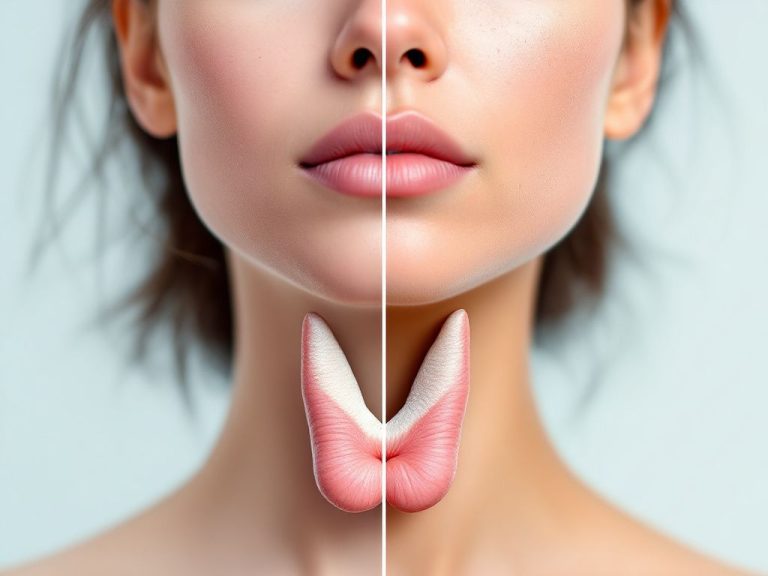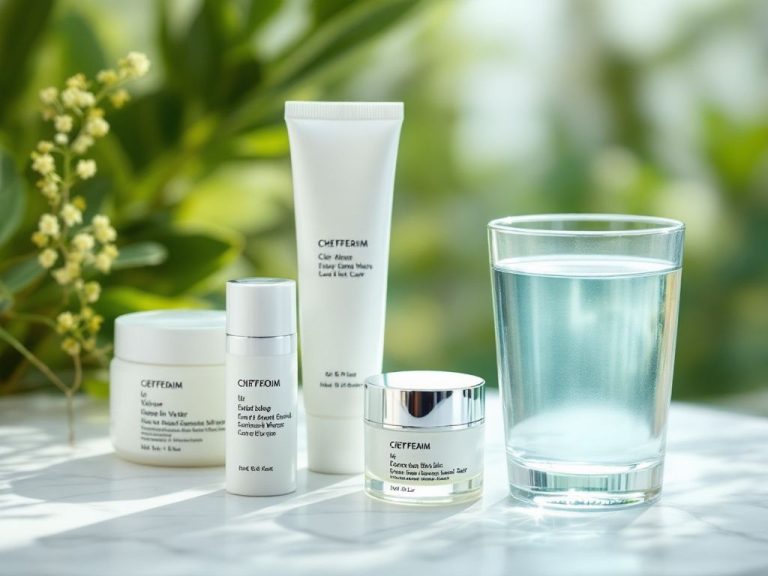Alright, let’s dive into a topic that seems to pester us at the most inconvenient moments—under-skin acne, or the dreaded deep pimples. You know the ones I’m talking about: those painful, stubborn bumps that lurk beneath the skin’s surface like unwelcome guests at a party. Not only are they annoying, but trying to deal with them is like playing hide and seek. Spoiler: these rebels love to hide.
But fear not! This post is your backstage pass to understanding and managing this pesky condition. We’re going to explore the world of underground acne treatment, focusing on deep internal care that gets to the root of the problem. So grab your metaphorical magnifying glass, because we’re going a little under the surface here.
Table of Contents
ToggleSo, What Exactly Is Underground Acne?
You might find yourself wondering, what’s the deal with these under-the-skin infiltrators? Well, here’s the scoop. Under-skin acne, or cystic acne, is a form of acne that forms deeper within the skin without reaching the surface. It’s usually painful, inflamed, and takes longer to heal than those surface pimples you pop (okay, try not to pop those too often, but it’s so tempting, right?).
Unlike acne that sticks around in plain sight, these type of blemishes prefer the underground lifestyle. They thrive beneath the layers of your skin and are often caused by factors like hormones, stress, or your skincare routine that may just need a bit of tweaking.
Types of Under-Skin Acne
Let’s break down the underground crew to understand how each operates. Here’s a glance at the main types you often don’t see but definitely feel:
1. Cysts
These are large, pus-filled lesions sensitive to touch. If left untreated, cysts can love to hang out for weeks or longer.
2. Nodules

Think of nodules as the firm opponents of cysts. They’re non-pustular and tend to form a solid, painful knot deep below the skin.
3. Deep Blackheads
Not often visible at first glance, these occur when a pore becomes clogged far beneath the surface with sebum and dead skin.
Real Talk: Here’s How We Deal with Them
Now we get to the good stuff—underground acne treatment. We’re going to zero in on some deep internal care strategies and external treatments. A little combo approach never hurts, does it?
Step 1: Internal Care Strategies
Let’s face it, great skin sometimes needs more than just the right cleanser. Going internal can be a game-changer.
a. Dietary Adjustments
Consider giving up—or at least cutting back on—dairy and sugar. Both can contribute to inflammation. Loads of greens, nuts, and seeds are your new BFFs, promising to add that essentials-oil punch to your diet.
b. Stay Hydrated
Keeping hydrated can’t be overstated. Water helps flush out toxins and can lower inflammation. Also, those organic herbal teas? They’re not just for vibes—the detoxifying benefits are the real deal.
c. Supplements
Think zinc, omega-3 fatty acids, and vitamin A—these are great additions to fight inflammation internally. Always discuss with your healthcare provider before diving into supplements, because safety first!
Step 2: Topical Treatments

For some hands-on action, these treatments target the skin’s surface layers and the flotilla beneath it.
a. Benzoyl Peroxide and Salicylic Acid
Both powerhouses in the acne treatment world. They reduce inflammation and kill bacteria, which makes them good candidates for treating cystic and nodular acne when used sparingly to avoid irritation.
b. Sulfur Masks
Trust me on this one, sulfur is more than just a rotten egg smell. It’s surprisingly effective at drying out the less-friendly denizens of your skin.
c. Retinoids
Highly effective if you play the patience game. They work by speeding up skin cell turnover and unblocking pores, making them nemeses to deep pimples.
Step 3: Medical Interventions
Sometimes, the heavy artillery is required. Don’t shy away from consulting a dermatologist. They’re acne superheroes in lab coats.
a. Corticosteroid Injections
Quickly resolve pesky cysts by reducing inflammation. It’s a fast-acting option with almost instant relief.
b. Oral Antibiotics

A bit longer-term, but great for reducing bacteria and inflammation. These are especially useful when flare-ups just don’t seem to get the memo to calm down.
c. Isotretinoin (Accutane)
For those more stubborn cases. Always a last resort due to side effects but potentially a cure.
A Few Words on Prevention
Sure, treatment is great, but prevention is the real MVP. Adopting routines that inhibit these festering fiends from forming makes the need for underground acne treatment less urgent. Sounds good, right?
Skincare Routine NWs (Non-Negotiables)
Foster an environment on your skin that’s less welcoming to breakouts.
- Cleanse Gently: Over-scrubbing can throw your skin into panic, so pull back just a touch.
- Regular Exfoliation: No more than twice a week to clear out those sneaky clogged pores.
- Oil-Free Moisturizers: A lightweight cream hydrates without providing excess oil party fuel.
The Right Moment to Seek Expert Help
At some point, it feels necessary to bring in the experts. While many can manage underground acne treatment with consistency and patience, occasionally the situation steps it up, and professional help is the logical step.
Here’s when it might be time to lift the phone: if home treatments aren’t showing improvement, acne is impacting your self-esteem, or if you’re tempted to turn to harsher, over-the-counter alternatives which could do more harm than good.
Key Takeaways
- Integrate a holistic approach that combines internal lifestyle changes with external treatments.
- Consistency is your ally; patience leads to visible progress.
- Involve a professional if home remedies and lifestyle changes aren’t cutting it.
Ultimately, remember that you’re not alone on this skincare journey. Under-skin acne may be annoying, even painful, but it’s also just another non-invited sign indicating a response from your body. Put into practice these underground acne treatments and share your own tips and mishaps—we’re all figuring this out together! Consider them as persistent dance partners you’re just leading into a bow, once you’ve outsmarted their choreographed chaos.
Frequently Asked Questions
What is underground acne, and how does it differ from other types of acne?
Underground acne, often referred to as cystic or blind pimples, is a severe form of acne that develops deep beneath the skin. Unlike other types of acne, such as whiteheads or blackheads, underground acne is characterized by large, painful bumps that can be difficult to see but are palpable. It is caused by blocked pores, inflammation, and bacterial colonization[1][3][4).
What are some effective home remedies for treating underground acne?
Effective home remedies include applying ice to reduce swelling and pain, using warm compresses to bring the pimple to a head, and applying topical treatments containing benzoyl peroxide, salicylic acid, or azelaic acid. Additionally, using tea tree oil and raw honey can provide antimicrobial benefits. It is crucial to avoid squeezing or popping the pimple to prevent further irritation and potential scarring[1][2][3).
When should I seek professional help for underground acne?
You should seek professional help if the underground acne is particularly painful, does not resolve with home treatments, or if you experience recurring episodes. A dermatologist can prescribe stronger medications such as oral antibiotics, retinoid medications, or steroid injections, and may recommend other treatments like light-based therapy or chemical peels[1][2][5).
What are the potential risks and side effects of treating underground acne?
Treating underground acne can involve risks and side effects, especially with systemic medications. For example, oral antibiotics and retinoids can have widespread effects on the body, and retinoids like isotretinoin are not suitable during pregnancy or nursing. Topical treatments can also cause skin sensitivity to UV light, dryness, and redness. It is important to discuss these risks with a dermatologist to find the best treatment approach[1][5][4).
References







